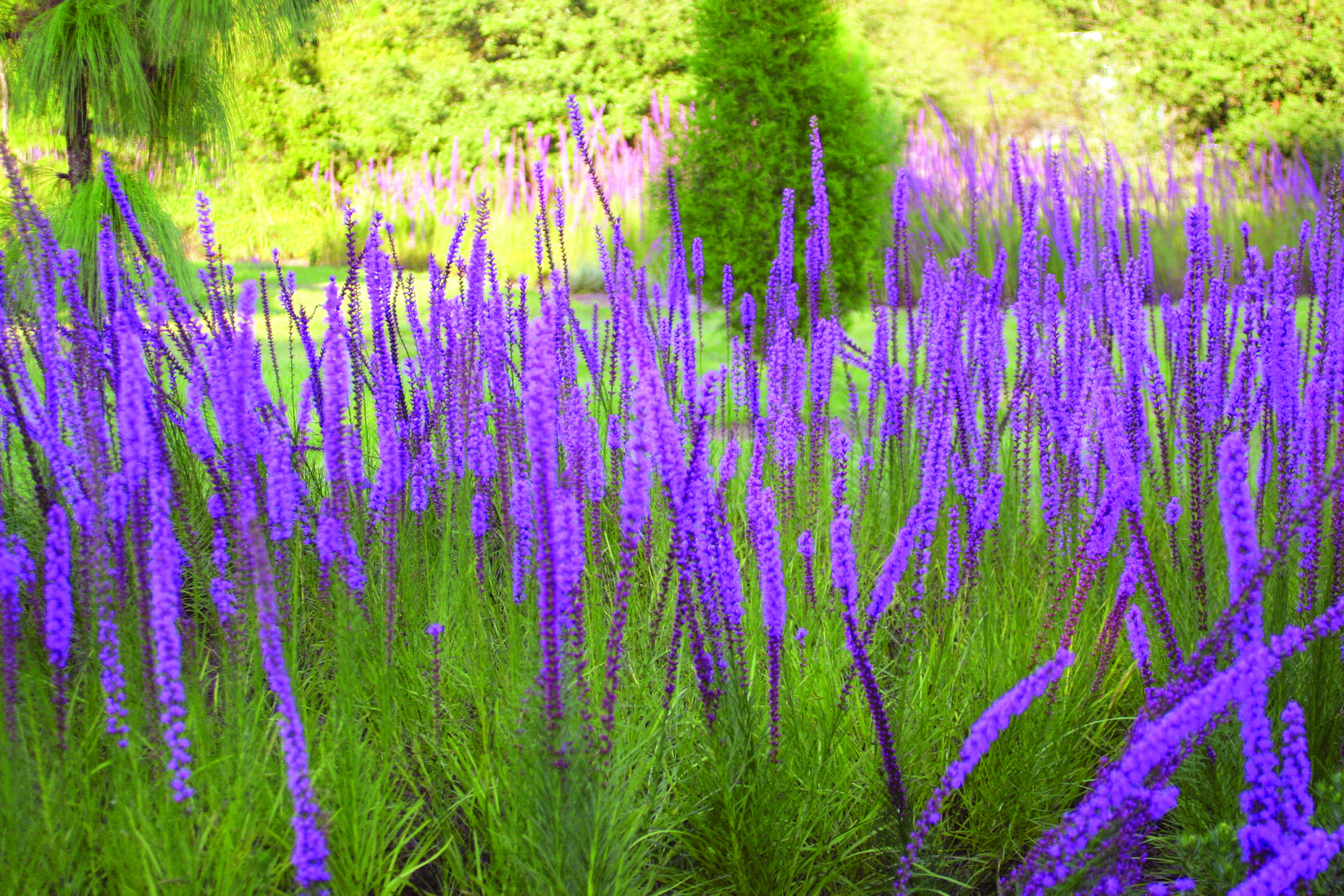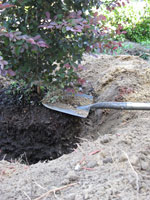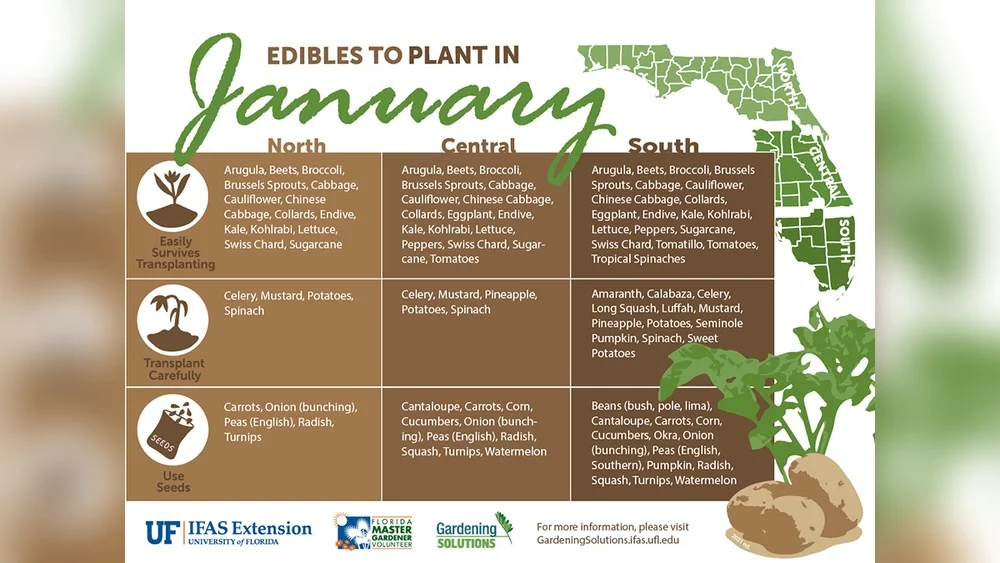If you’re thinking about adding shrubs to your Florida landscape, timing is everything. Planting at the right time can mean the difference between healthy, thriving shrubs and struggling, stressed plants.
You want to make sure your shrubs establish strong roots before Florida’s intense summer heat or occasional cold snaps hit. Wondering when that perfect window is? Keep reading to discover the best time of year to plant shrubs in Florida so your garden can flourish year-round.
This simple timing trick could save you time, money, and frustration while giving your outdoor space a fresh, vibrant look.
Climate Zones In Florida
Florida’s climate varies widely across the state. It has different zones affecting plant growth. Understanding these zones helps choose the best time for planting shrubs. Shrubs respond to temperature, rainfall, and frost risk.
The climate zones range from subtropical in the north to tropical in the south. These differences shape the planting calendar and care routines. Knowing the local climate zone improves shrub survival and growth.
North Vs South Florida
North Florida experiences cooler winters and occasional frost. This limits the planting season to spring and fall. Shrubs need time to establish roots before cold weather arrives.
South Florida has warm winters and mild temperatures year-round. This allows planting almost any time except the hottest summer months. Shrubs grow faster due to longer growing seasons.
Impact On Shrub Growth
In North Florida, slower growth occurs during winter. Shrubs enter dormancy to survive cold spells. Planting in early spring helps shrubs develop before heat arrives.
South Florida’s warm climate encourages year-round growth. Shrubs need regular watering during dry spells. Avoid planting in peak summer heat to reduce stress on plants.
Ideal Planting Seasons
Choosing the right season to plant shrubs in Florida is key to healthy growth. The state’s climate varies between regions, affecting the best planting times. Understanding the ideal seasons helps shrubs establish strong roots and thrive. Below are the main planting seasons and their unique benefits for Florida gardeners.
Spring Planting Benefits
Spring offers mild temperatures and steady rainfall. These conditions help new shrubs settle in the soil easily. Roots grow well before the hot summer arrives. Planting in early spring reduces stress on young plants. It also encourages vibrant blooms and healthy foliage.
Fall Planting Advantages
Fall brings cooler weather and less heat stress. Shrubs planted now use the warm soil to develop roots deeply. The mild days and cooler nights reduce water needs. Fall planting allows shrubs to prepare for the next growing season. This timing often leads to stronger, more resilient plants.
Winter Planting In South Florida
South Florida’s mild winters make it possible to plant shrubs year-round. Winter planting avoids the heat stress of summer. Shrubs establish roots in calm weather without frost risk. This season is ideal for tropical and subtropical plants. Proper watering during winter helps shrubs thrive in this region.
Preparing Your Shrub Bed
Preparing your shrub bed is the first step to healthy plants. Good preparation helps shrubs grow strong roots. It also improves their chance to thrive in Florida’s climate.
Take time to get the soil and location ready. This effort pays off with beautiful and lasting shrubs. Understanding the soil and picking the right spot makes a big difference.
Soil Testing And Amendments
Test the soil before planting. It shows nutrient levels and pH balance. Florida soils can be sandy or clayey, affecting shrub growth. Use a soil test kit or send samples to a lab.
Add amendments based on test results. Compost improves soil structure and adds nutrients. Lime can raise pH if the soil is too acidic. Organic matter helps retain moisture during dry spells.
Choosing The Right Location
Select a spot with proper sunlight for your shrub type. Most shrubs need full sun or partial shade. Avoid areas with poor drainage or heavy foot traffic.
Consider wind protection. Strong winds can damage young shrubs. Plant near a fence or building for shelter. Ensure space for growth without crowding other plants.

Credit: www.flawildflowers.org
Selecting Shrubs For Florida
Choosing the right shrubs for Florida gardens means understanding the climate. Florida has hot summers, mild winters, and often dry spells. Plants must handle heat, humidity, and occasional drought. Shrubs that thrive here need to be tough and adapted to these conditions.
Good shrub selection helps your garden stay green and healthy all year. It reduces water needs and resists pests better. Picking shrubs suited to Florida’s soil and weather makes planting easier and more successful.
Native Shrubs
Native shrubs grow naturally in Florida’s environment. They have adapted over time to local soil and weather. These plants require less water and care once established. They also support local wildlife like birds and butterflies.
Examples of native shrubs include Florida Anise, Beautyberry, and Coontie. These plants provide color and texture to your landscape. Choosing native shrubs helps keep Florida’s natural beauty alive.
Heat And Drought Tolerant Varieties
Heat and drought tolerant shrubs survive long hot summers and dry spells. They need less water, which saves time and resources. These varieties often have thick leaves or deep roots to store water.
Some popular heat-tolerant shrubs are Oleander, Texas Sage, and Firebush. They bring vibrant flowers and greenery even in tough conditions. Planting these shrubs ensures your garden stays lively during dry times.
Planting Techniques
Planting shrubs in Florida requires careful techniques to ensure healthy growth. Proper methods help shrubs establish roots and thrive in the climate. These techniques include correct digging, spacing, and watering. Following these steps increases the chances of successful planting and long-lasting plants.
Proper Digging And Spacing
Start by digging a hole twice as wide as the shrub’s root ball. The depth should match the root ball’s height to avoid sinking. Loosen the soil around the hole to help roots spread easily.
Space shrubs based on their mature size. Crowding plants can cause poor air circulation and disease. Give each shrub enough room to grow without competition for light and nutrients.
Watering Guidelines
Water shrubs immediately after planting to settle the soil. Keep the soil moist but not soggy during the first few weeks. This helps roots take hold and prevents stress.
Reduce watering gradually as the shrub grows. Established plants need deep watering less often than new ones. Early morning watering reduces evaporation and fungal problems.
Using The Rule Of Three
The rule of three is a simple design trick that makes your garden look better. It means planting shrubs and arranging garden items in groups of three. This odd number feels more natural and less stiff. Using the rule of three helps your outdoor space look balanced and inviting. It guides the eyes smoothly across your garden, creating a peaceful flow.
Grouping Plants
Plant shrubs in groups of three to five for a natural look. For example, place three of the same shrub together. This creates a small cluster that draws attention. Mixing three different types of plants can also add interest. Grouping helps the plants support each other and grow well. It also makes your garden easier to maintain.
Enhancing Visual Appeal
Using the rule of three adds depth and texture to your garden. Three repeating colors or shapes catch the eye without overwhelming it. Grouping pots, stones, or garden decorations in threes looks intentional. This method avoids the harshness of even numbers. It creates a soft, welcoming atmosphere in your outdoor space.
Seasonal Care Tips
Seasonal care is key for healthy shrubs in Florida’s warm climate. Each season brings unique needs for your plants. Paying attention to these needs helps shrubs grow strong and vibrant year-round.
Proper care protects shrubs from heat stress, pests, and diseases. It also improves soil health and water use. Follow simple steps to keep your shrubs thriving all seasons.
Mulching For Moisture Retention
Mulch helps keep soil moist by reducing evaporation. Spread 2 to 3 inches of mulch around shrubs, avoiding the trunk. This layer cools roots during hot Florida days and conserves water. Organic mulches like pine bark or wood chips also improve soil as they break down. Refresh mulch yearly to maintain its benefits.
Fertilizing Schedules
Fertilize shrubs in early spring and late summer for steady growth. Use a balanced fertilizer with equal nitrogen, phosphorus, and potassium. Avoid fertilizing in the peak summer heat to prevent stress. Follow package instructions carefully to avoid overfeeding. Proper fertilizing supports strong roots and lush foliage.

Credit: canterburyfarmsnursery.com
Common Challenges
Planting shrubs in Florida comes with unique challenges. Understanding these common issues helps ensure healthy growth. Shrubs face threats from pests, diseases, and Florida’s intense heat. Proper management is crucial for vibrant landscapes.
Pest And Disease Management
Florida’s warm climate attracts many pests. Aphids, spider mites, and scale insects often target shrubs. These pests suck sap and weaken plants quickly. Watch for yellowing leaves and sticky residue as signs. Use insecticidal soap or neem oil for control. Fungal diseases like powdery mildew thrive in humid conditions. Remove affected leaves and improve air circulation around plants. Early detection prevents serious damage and keeps shrubs healthy.
Dealing With Heat Stress
Florida’s summer heat can stress shrubs severely. High temperatures cause leaf scorch and wilting. Provide shade during peak afternoon sun to reduce stress. Water deeply but avoid waterlogging roots. Mulching helps retain soil moisture and cool roots. Planting during cooler months gives roots time to establish before heat arrives. Healthy roots improve drought resistance and overall shrub survival.
When To Avoid Planting
Choosing the right time to plant shrubs in Florida is key to their success. Avoid planting during certain periods to help your shrubs thrive. Planting at the wrong time can stress the plants and slow their growth. Below are times when you should avoid planting to protect your shrubs.
Extreme Heat Periods
Florida’s summer heat can be intense and damaging. Planting shrubs during extreme heat can cause them to dry out quickly. High temperatures stress young plants and make root growth difficult. The intense sun can burn new leaves and reduce survival rates. Wait for cooler months to give your shrubs a better start.
Heavy Rainy Seasons
Heavy rains are common in Florida, especially in late summer and early fall. Too much water can drown shrub roots and cause rot. Wet soil also makes it hard for roots to get enough oxygen. Planting before or during heavy rains increases the risk of diseases. Choose drier periods to ensure your shrubs establish well in the soil.

Credit: www.revivalgardening.com
Frequently Asked Questions
What Is The Best Time To Plant Shrubs In Florida?
The best time to plant shrubs in Florida is early spring or winter in South Florida. Plant early for root establishment before summer heat.
What Is The Rule Of 3 In Landscaping?
The rule of 3 in landscaping groups elements in threes for balance, natural flow, and visual appeal. It enhances cohesion and depth.
Is October Too Late To Plant Shrubs?
October is not too late to plant shrubs. Fall’s cooler temperatures reduce plant stress and help roots establish before winter. Plant at least six weeks before the ground freezes for best results.
What Is The Best Month To Plant In Florida?
The best months to plant in Florida are spring and fall. Spring offers moderate temperatures and rain, helping root growth. In South Florida, winter planting also works well. Plant early enough for roots to establish before summer heat.
Conclusion
Planting shrubs at the right time helps them grow strong and healthy. In Florida, early spring and winter in warmer areas work best. Plant early to let roots settle before heat arrives. Proper timing saves water and effort later. Choose your planting season based on your region’s climate.
Healthy shrubs improve your garden’s beauty all year. Start planting smart for lasting results and a vibrant yard.

